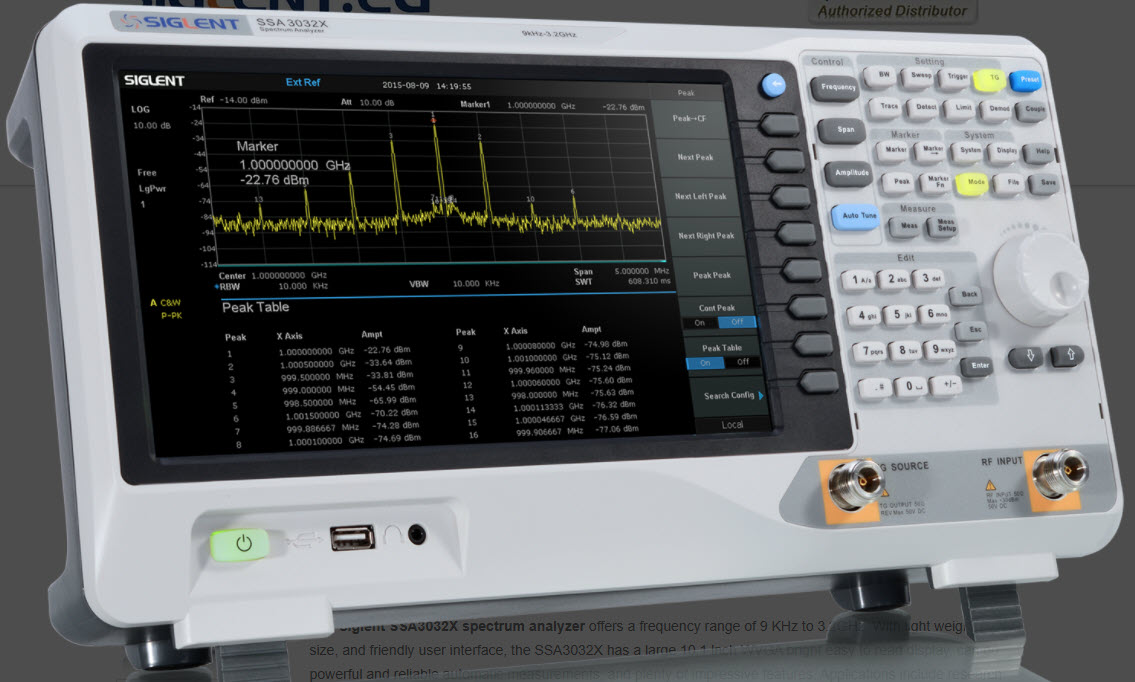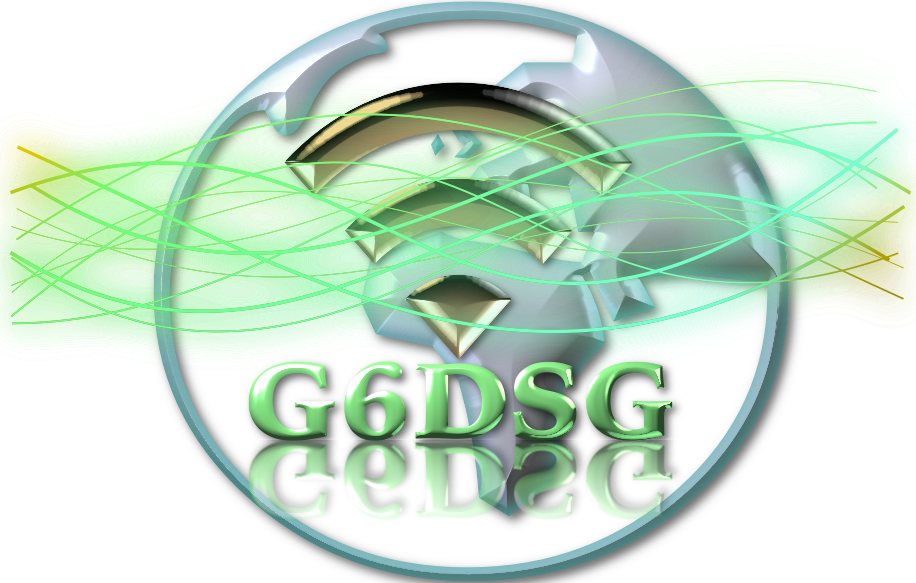

- © 2023 Neil Austin Contact Me 0



Frequency range: The SSA3032X covers a frequency range from 9 kHz to 3.2 GHz, making it suitable for a wide range of applications.
Display: The analyser features a 10.1-inch TFT LCD display with a resolution of 1024x600 pixels, providing a clear and detailed view of the measured signals.
RBW: The SSA3032X has a minimum resolution bandwidth (RBW) of 1 Hz, allowing you to distinguish closely spaced signals and making it suitable for use in research and development applications.
DANL: The analyser has a displayed average noise level (DANL) of -161 dBm/Hz, providing a high level of sensitivity for detecting weak signals.
Phase noise: The SSA3032X has a phase noise of -98 dBc/Hz at a 10 kHz offset, making it suitable for applications that require low phase noise, such as radar and satellite communications.
Amplitude accuracy: The analyser has an amplitude accuracy of ±0.5 dB, providing reliable and accurate measurements of signal amplitudes.
Standard measurements: The SSA3032X includes a range of standard measurement functions, including frequency counter, marker, peak search, and trace math functions.
Advanced measurements: The analyser also includes advanced measurement functions, such as channel power, adjacent channel power, and occupied bandwidth, making it suitable for applications that require more detailed analysis of signal characteristics.
Connectivity: The SSA3032X includes a range of connectivity options, including USB, Ethernet, and GPIB interfaces, allowing you to easily transfer data and control the analyser remotely.
Options: The SSA3032X can be expanded with a range of optional features, such as a tracking generator, preamplifier, and EMI measurement kit, allowing you to customise the analyser to meet your specific needs.
Overall, the Siglent SSA3032X spectrum analyser is a high-performance instrument that offers a wide range of features and functions for analysing and measuring RF signals. Its high sensitivity, accuracy, and advanced measurement capabilities make it suitable for a variety of applications, from research and development to production testing and maintenance.

